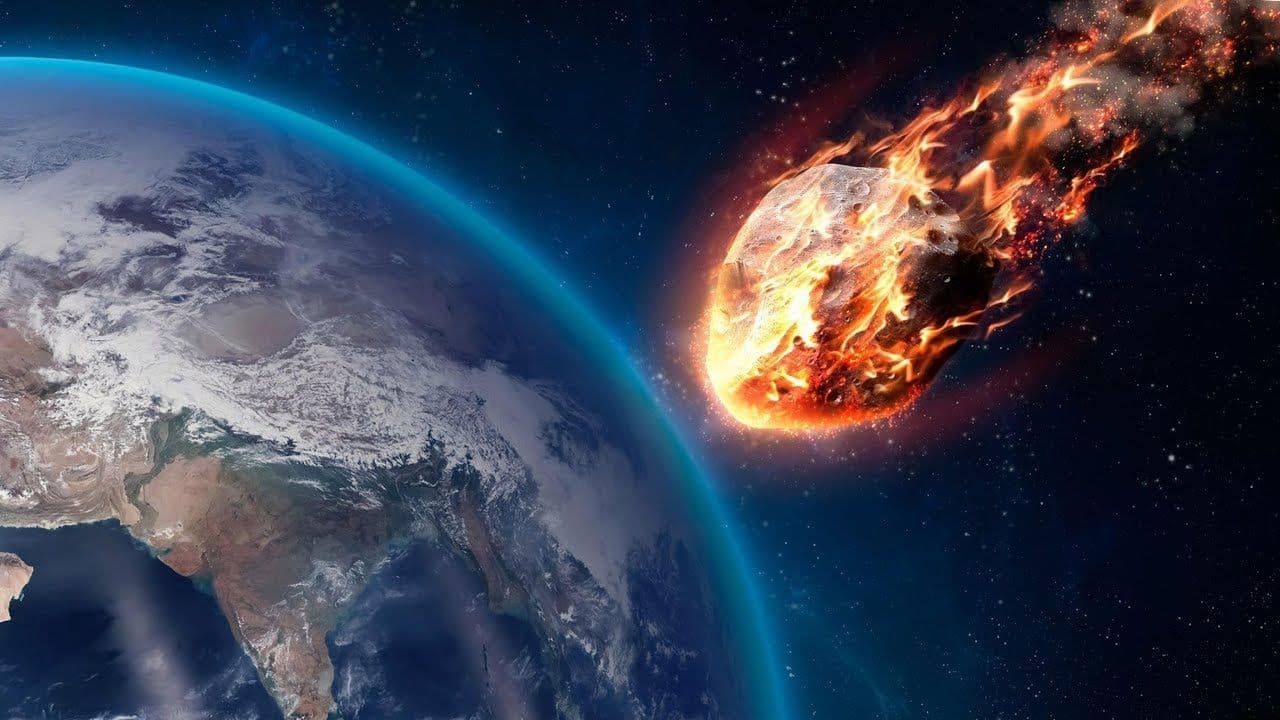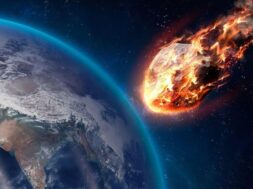
– By Avya Mathur
30, June-30, Ahmedabad: The asteroid belt that lies between planets Mars and Jupiter protects the Earth from incessant attacks. However, it does not ensure complete protection from asteroid collisions.
Scientists have found numerous destructive asteroid landings on the planet. The Chicxulub asteroid that landed nearly 66 million years ago is speculated to cause a mass extinction, wiping out most dinosaurs and ancient species.
According to European Space Agency, there are at least 6 lakh known asteroids in our Solar System, out of which 10,000 are classified as near-Earth objects (NEOs) because of their relative closeness to the Earth’s orbit.
Scientists have recently recorded events of near-collision, some of which are as follows:
An asteroid called 2021 GW4 flew past the planet at 30,094 kmph in April 2021. It was just over 19,312 km away from Earth and between 3.5-7.7 meters long.
March this year witnessed Asteroid 2001 FO32 make its closest approach at a distance of about 2 mn. km. The asteroid flew past the planet at a speed of 124,000 kmph, which was faster than most asteroids that encounter Earth.
Asteroid 2020 CD3 was the 2nd asteroid spotted from the Earth in the year 2020, after 2006 RH120 was discovered in September 2006. Measuring between 1.9 and 3.5 metres in diameter, 2020 CD3 was estimated to have a mass of 4,900 kg.
In August 2020, a car-sized asteroid named 2020 QG was reported to have flown within 2,950 km of Earth’s orbit. The Palomar Observatory in California first detected the asteroid 6 hours after it flew past Earth. It was reported to have motioned towards Earth from the Sun’s direction.
Another asteroid, 1998 OR2 flew past the planet in April 2020. The distance between the asteroid and the planet was 6.3 mn. km and it measured 1km in width, with the potential of destroying life on Earth, if landed. It has been categorized as a large “potentially hazardous asteroid.”
According to a report by NASA, “over the course of millennial centuries, negligible to slight changes in an asteroid’s orbit may present it as more of a hazard to the Earth now as compared to earlier centuries.”
















